
Raised garden beds have gained popularity, especially by new gardeners. However, there seems to be confusion about raised garden beds vs container gardens. They often look the same, but they are fundamentally different. We wanted to explain it in this blog article.
Personally, we use both, and both have their place. Let’s first see what is what, and then where and how to use each of them.
A raised garden bed
A raised garden bed is a raised bed in the garden. It can be as tall and small as you want it to be. What makes a raised garden bed a garden bed is its connection to the soil and the soil life in the garden.
A raised garden bed can be used anywhere where there is some kind of soil available. It does not matter if the soil is weedy, hard, rocky, or great because we can build new soil in the raised bed.
A raised bed can be any size and shape. It is good though if you can reach the middle of the bed from both sides without having to step on the soil. A 4ft wide raised garden bed seems to be the most common size.
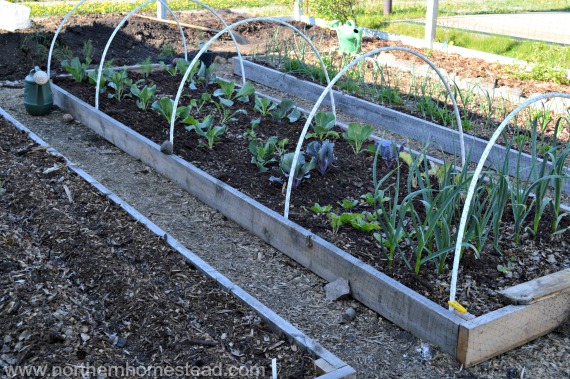
A raised garden bed has the adventure to warm up the soil quicker in spring with the disadvantage to dry out the soil during hot summer days. Raising the beds just enough to have the advantage of an organized garden, but avoiding drying out is a good option.
A tall raised bed has the advantage of easy use, especially for people with health problems. Durable material makes it a good choice for many years of gardening.
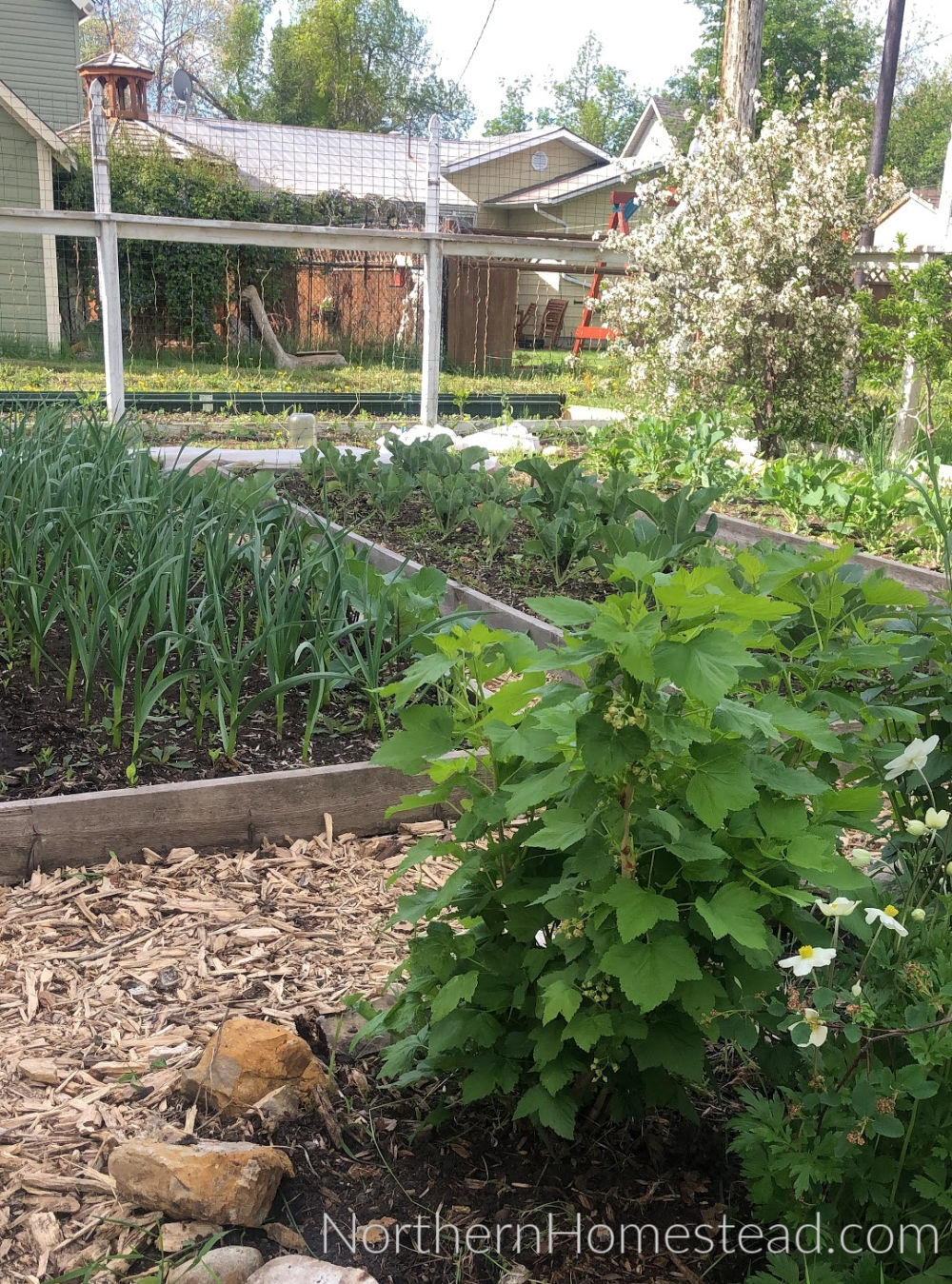
We share how we created our main raised beds in the article Replace your lawn with food production. After that, it seems that each year we add at least one more raised bed to our landscape.
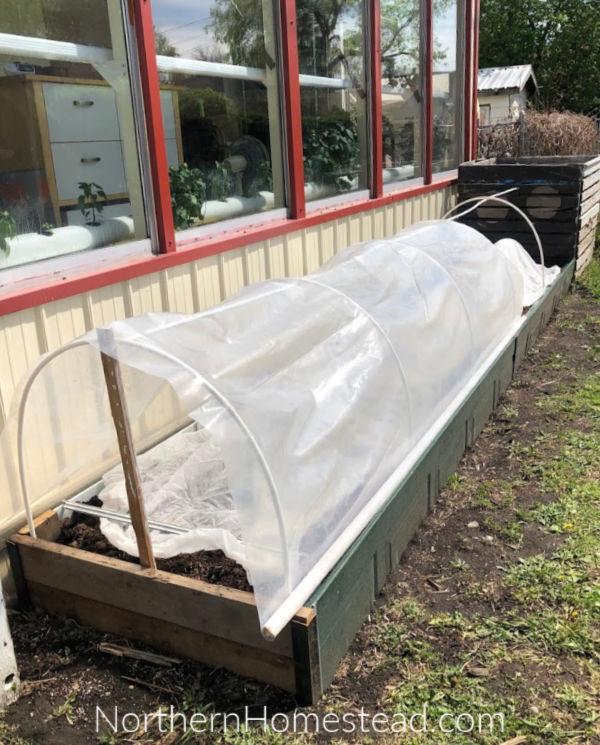
In our opinion in a cold climate raised beds are the way to go. Not just because the soil warms up better, it is also easy to add protection from frost.
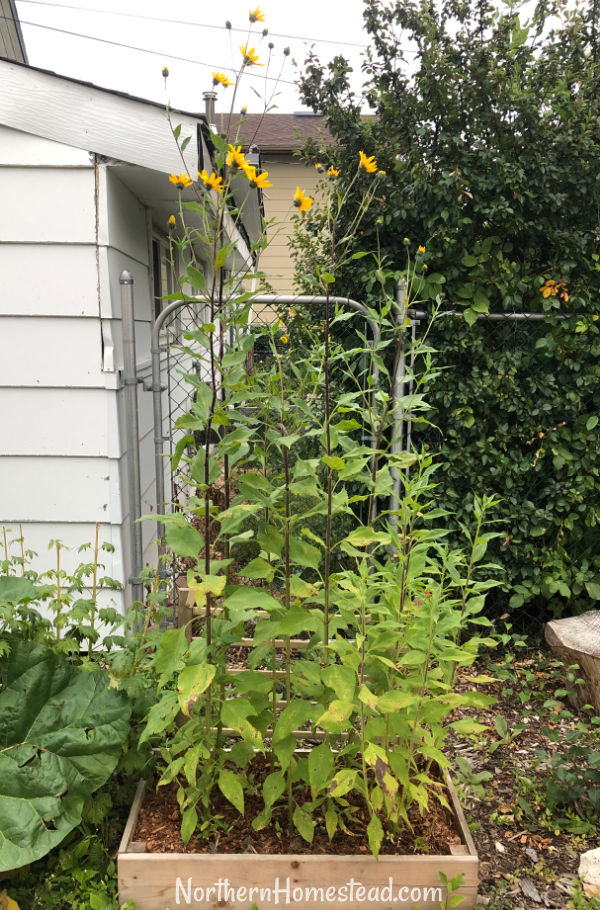
Our smallest raised bed is only about 2×4 feet tall. It has fine mesh underneath to keep the sunchokes that grow in it from spreading. However, it is still a raised bed, not a container garden.
Container garden
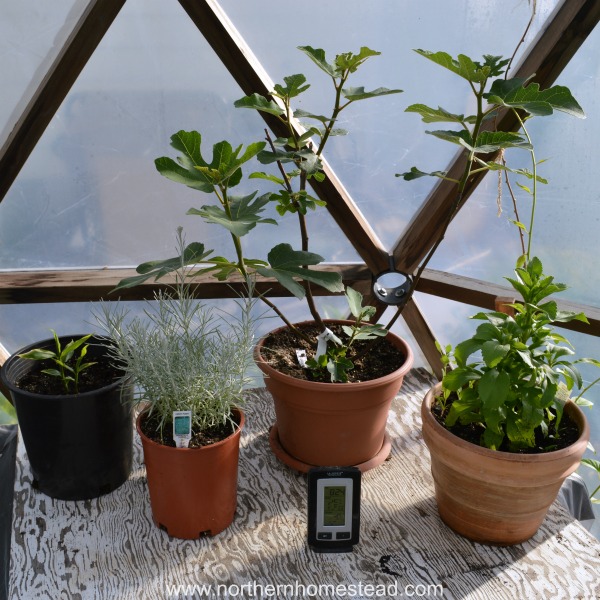
A container garden is any container that contains soil to grow in. Not just the common growing pots and grow bags are container gardens, but really any size container or bed that has no connection to the earth has to be considered a container garden.
Container gardens are a great choice to grow a garden where there is no soil: Patio, deck, driveway, parking space, balcony, etc.
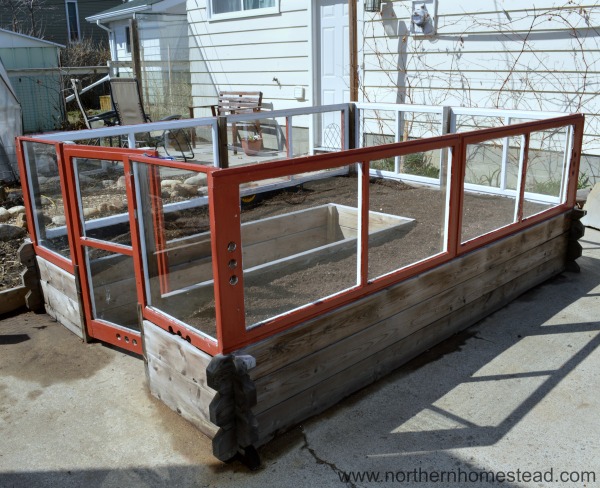
Our raised window-protected garden bed in our driveway is a container garden. It looks just like a raised garden bed from the outside, and it could easily be a garden bed if placed in a different location, but since it is on concrete and lined with weed control fabric, it is a container bed. The soil has no access to the soil life and is contained in there.
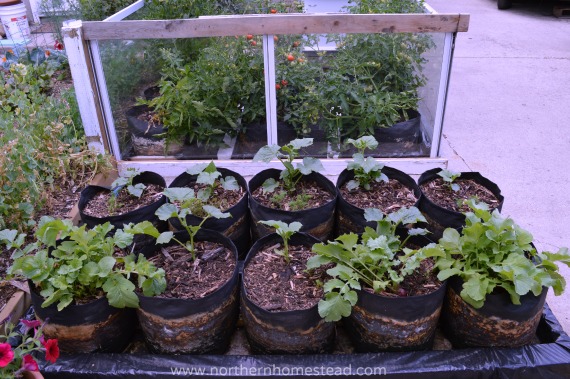
Any container with good drainage can work as a container garden. Or make your own grow bags and grow away. Read also how to grow in grow bags successfully.
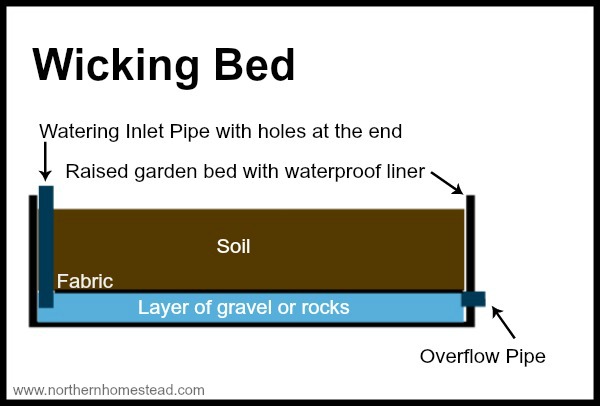
A wicking bed is also a great choice for a container garden. It makes watering easier by containing some of the water at the bottom of the bed.
Why is the difference important
Why is it important to know the difference between a raised garden bed and a container garden, you might ask? Especially, since some of them look the same and can even be mistaken?
The difference is in the soil.
A raised garden bed that is open to the earth over time becomes part of the ecosystem of the earth. Why over time you might ask? Because it might be that there is no good garden soil there where you place your garden bed. Maybe there are weeds, rocks, even gravel, still, we recommend whenever possible to leave the garden bed open to the ground.
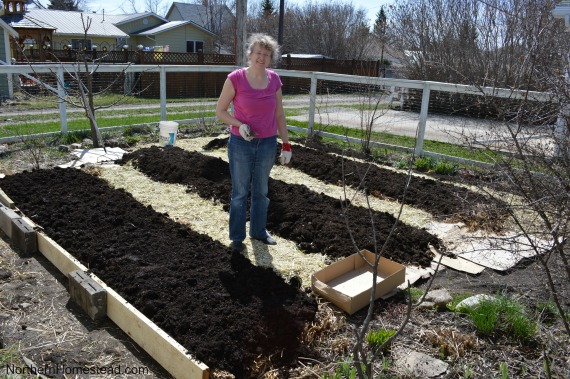
An open garden bed you can fill with all-natural material. Some of our beds are layered the lasagne garden way. Some are just filled with good garden soil. We would suggest lasagna gardening if the soil under the bed is not good garden soil, because there is no good soil life yet to help you build good soil. If there is already good soil present you can fill the beds with garden soil, they will quickly merge and be good soil for growing.
Weed control fabric under an open garden bed turns it into a container garden. People often think that weed control fabric will make it so easy, just roll it out and all the problems with what could possibly be under the bed are solved.
No.
You just locked the border for the hard-working crew to do the dirty work for you.
In a container garden, the quality of the soil is all your responsibility. No soil life will move in and build soil over time.
The container soil has to have 3 components, a light growing medium, a moisture retainer, and a fertilizer. Personally, we use the soil mixture from the All-new Square Foot Garden book.
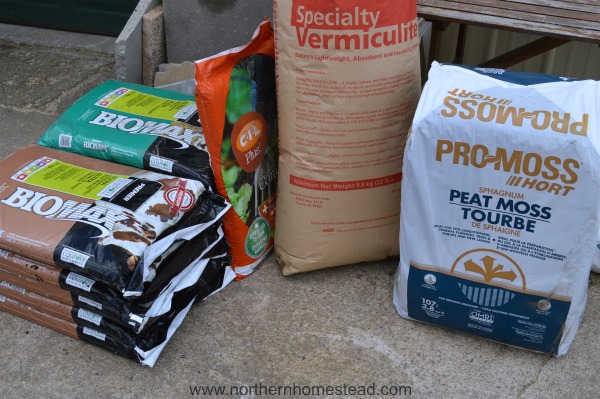
We cover in this article the soil for container gardening and closed raised beds. Yes, you can use all-natural material like in a lasagne garden in a container, too. Please head over if you need to learn more.
What if you don’t know if it is a container or a raised bed?
That is a good question, especially since weed control fabric is widely used, a common problem. You can dig up some soil until you reach the bottom of the bed to see if it is open or not.
You can also examine the soil.
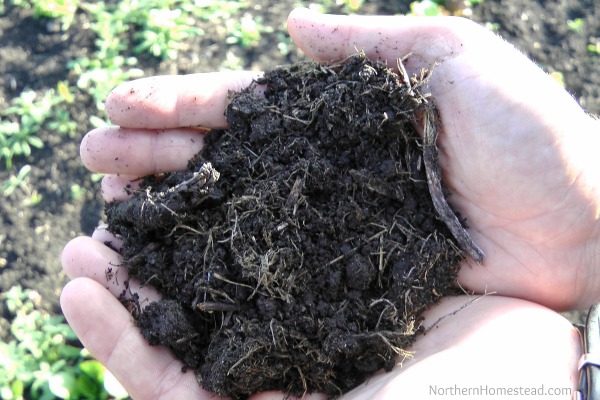
If the soil is nice and loose and earthworms are present, it is most likely an open raised bed. Just add each year some compost and grow healthy veggies.
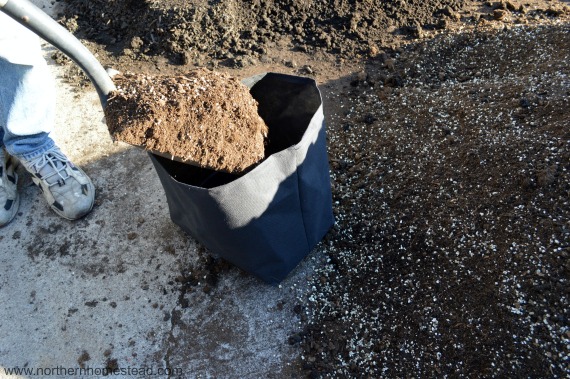
If the soil is nice and loose with no earthworms, but some vermiculite, or perlite, it might be that the bed was filled with a good container mix. Add some compost at each planting and grow away.
If the bed has rock-hard soil it needs to be redone. In this case, if possible we would take out the bottom of the bed, then add some natural material like straw, compost, and layer it back in with the existing soil. The natural material will loosen up the soil, and the earth life will move in and help you build good soil. Cover the bed with about 1 inch of compost and plant away.
We invite you to subscribe to Northern Homestead and follow us on Instagram, Facebook, or Pinterest for the latest update.


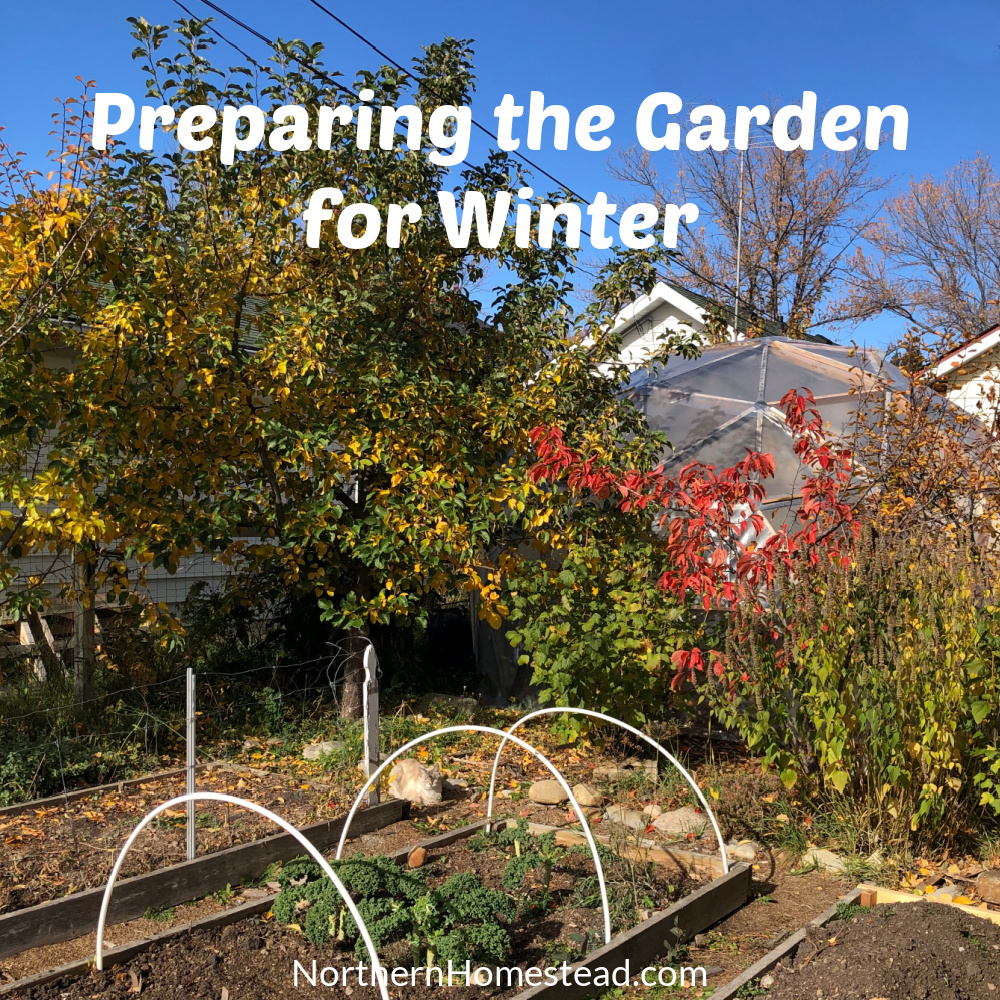


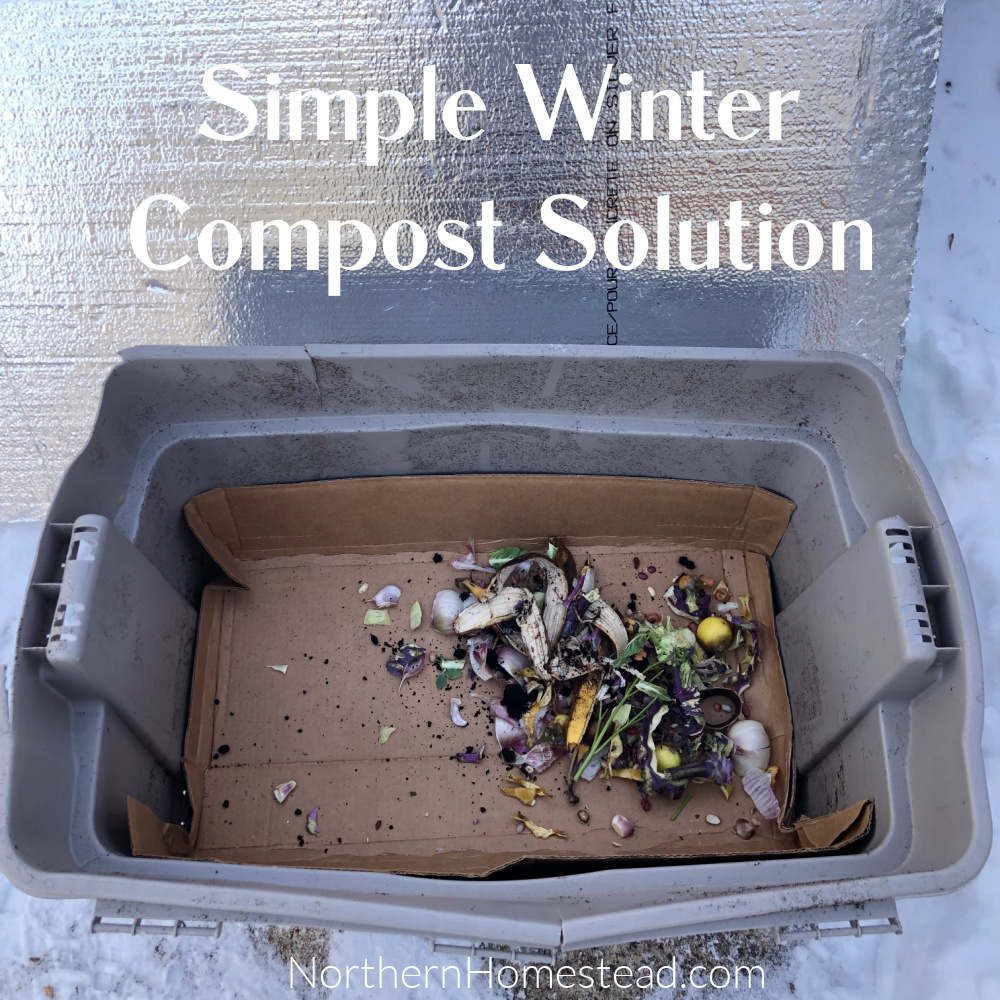
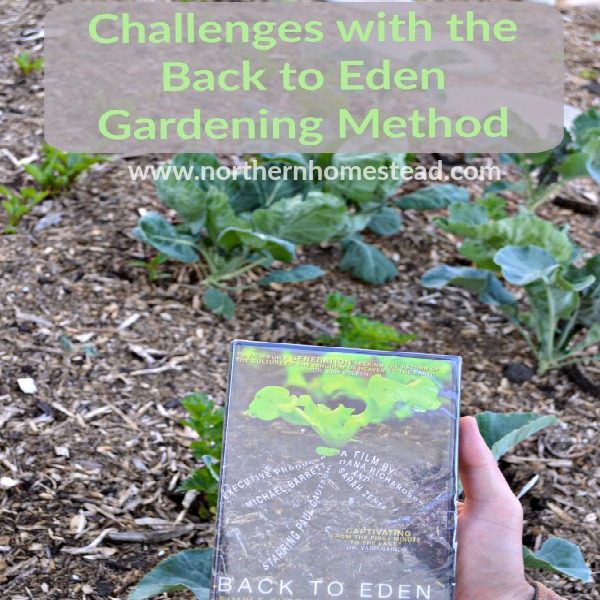
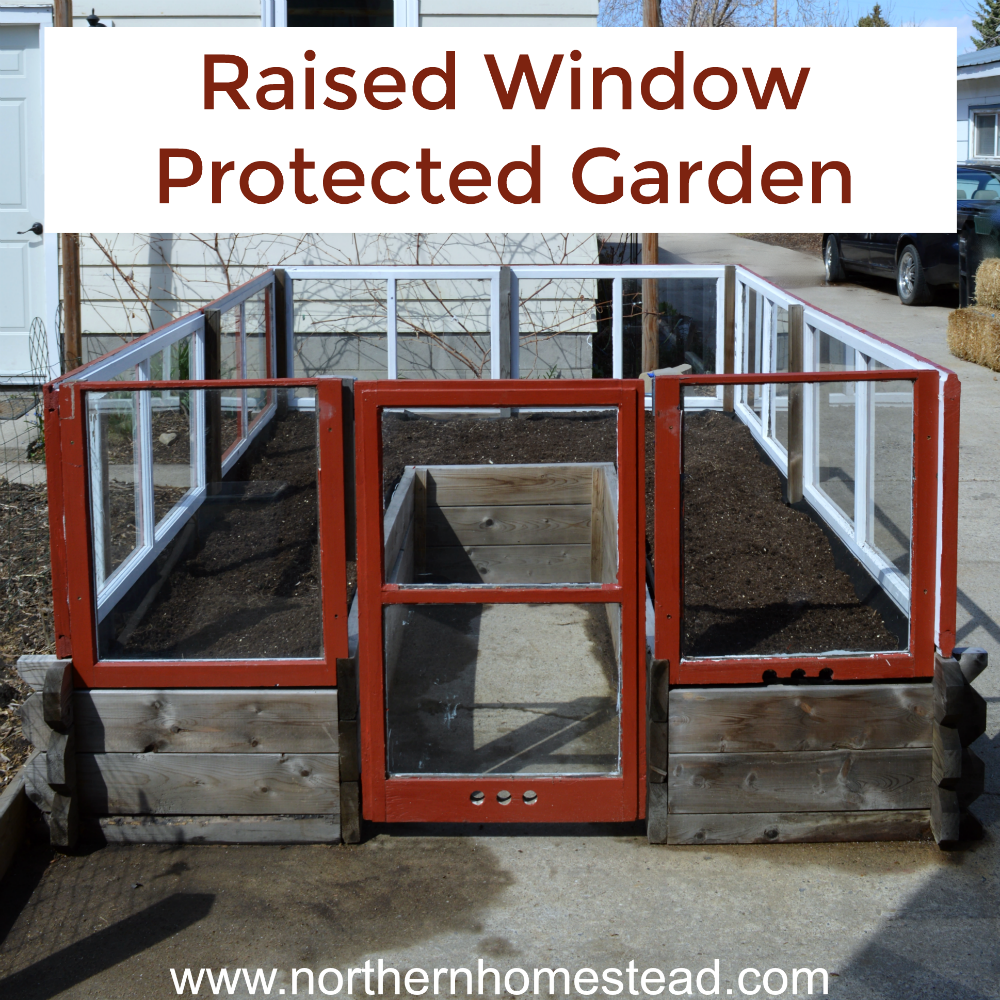
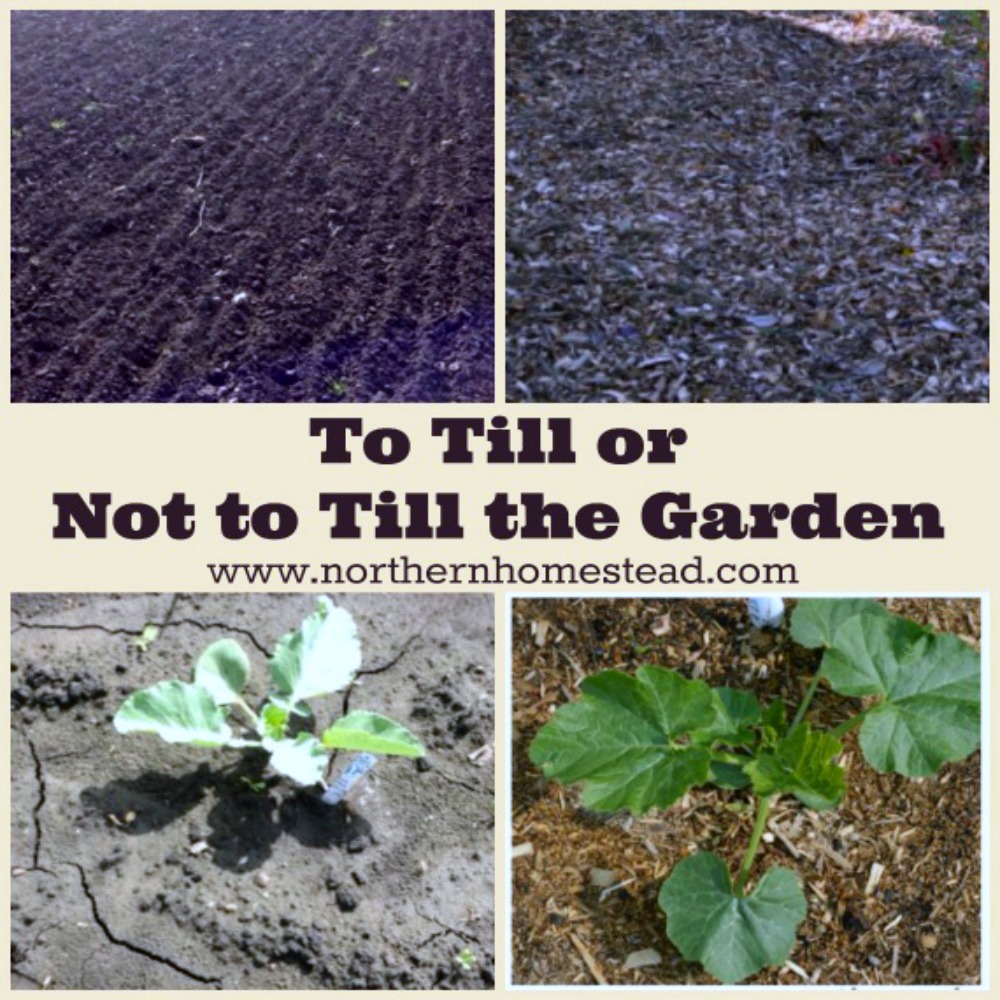
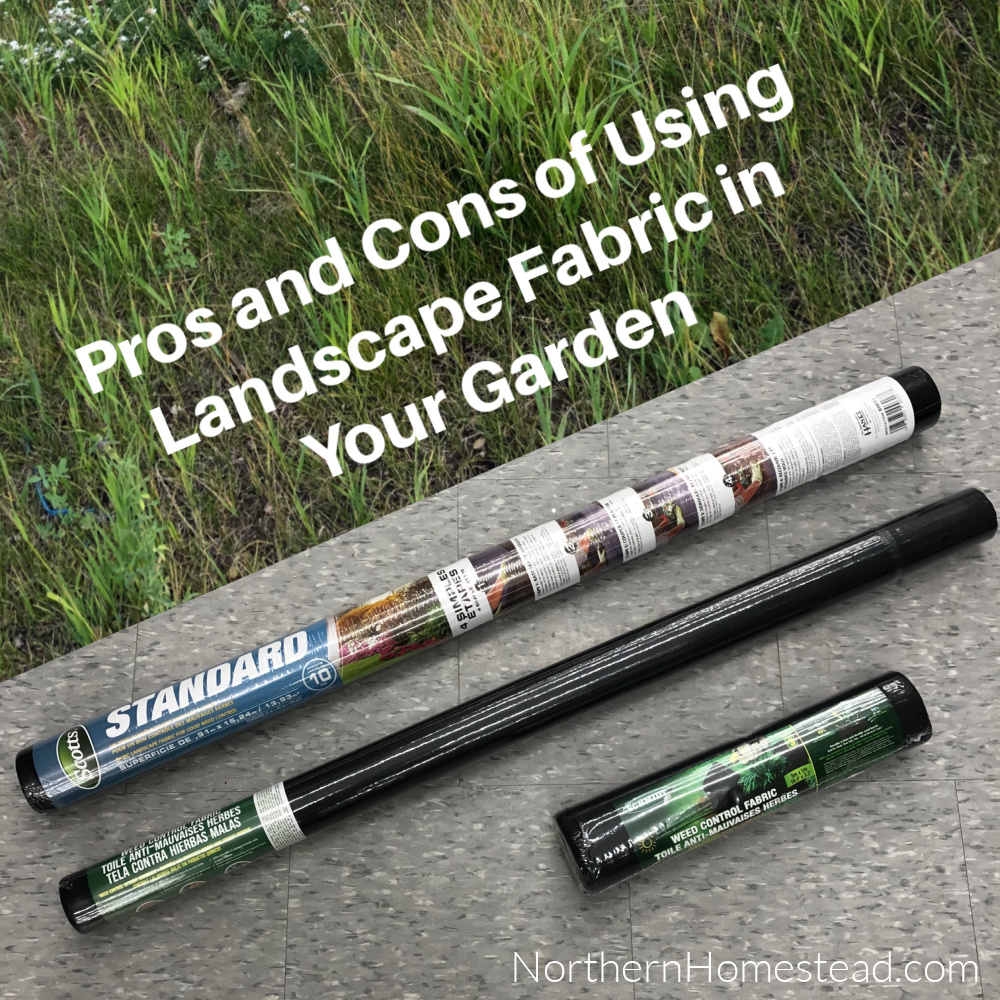
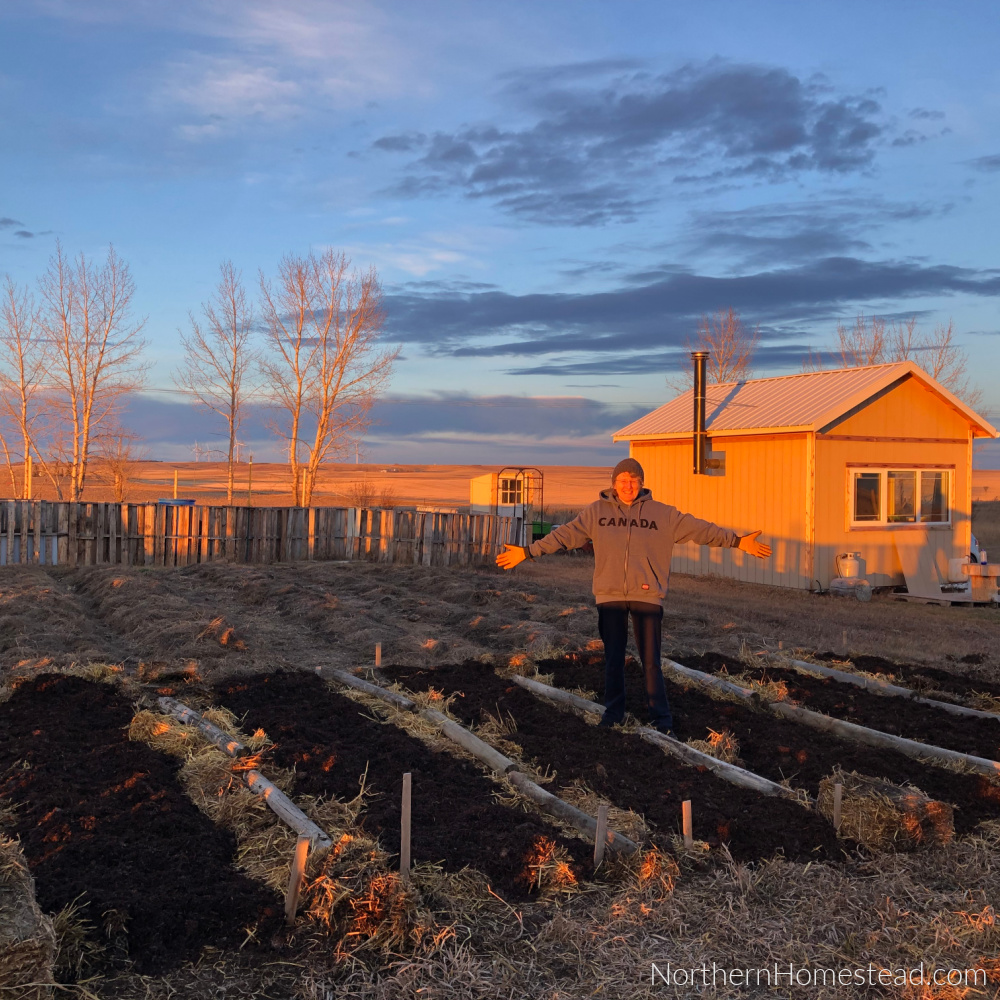

I am so glad I just trusted my intuition and avoided landscaping fabric . I am now in my slow second gardening season and only learning , WHY it was essential for our situation to leave open ground .
Your article brings the point straight and easy to understand within first page. Thank you !
Intuition is hands down the best gardening guide. Understanding the reason why can be helpful, too. Happy gardening, your beds will get better year after year.